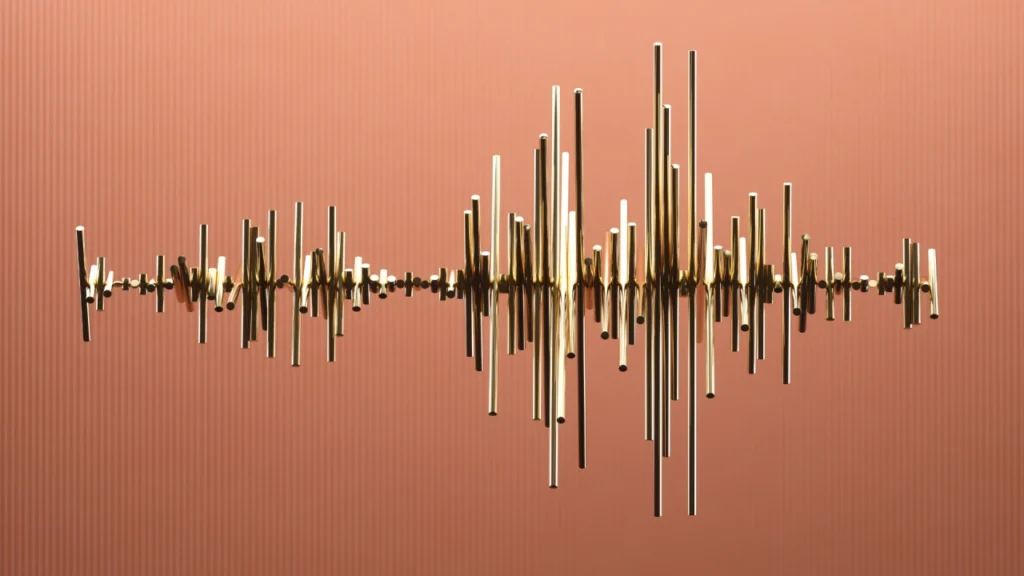
The Fast Company Impact Council is an invitation-only membership community of leaders, experts, executives, and entrepreneurs who share their insights with our audience. Members pay annual dues for access to peer learning, thought leadership opportunities, events and more.
Every generation has its tinkerers. People who get their hands dirty not because they know exactly what they’re doing, but because they’re following a feeling. No formal training. No permission. Just curiosity, instinct, and a slightly obsessive need to mess with things until they do something interesting.
Welcome to the age of vibe coding.
The term itself surfaced just weeks ago—coined by AI researcher Andrej Karpathy in February. In a now widely memed post, he described vibe coding as the act of programming through intuition rather than structure, trusting the feel of what you’re building, not just its logic. The phrase exploded across dev forums, design threads, and TikTok sidebars. Merriam-Webster added it the following month under “slang & trending,” defining it as “the practice of writing code, making web pages, or creating apps, by just telling an AI program what you want, and letting it create the product for you.”
Which is a long way of saying: winging it, brilliantly.
Even Sir Demis Hassabis, founder/CEO of DeepMind, recently stated that the explosion of natural language coding “will open up fields for creative people,” tipping the balance away from and engineering mindset to an instinctive, creative one.
But let’s be honest—this isn’t new.
When instinct outpaces instruction
Take early electronic music. The pioneers of modular synth weren’t conservatory-trained composers. They were sonic explorers, patching cables into buzzing machines and twisting knobs until emotion emerged. As Brian Eno famously observed: “Whatever you now find weird, ugly, uncomfortable, and nasty about a new medium will surely become its signature.” What is that, if not analog vibe coding?
Or look at the rise of the indie game scene. Minecraft, Braid, Undertale—none of these were born from a major studio pipeline. They were built by people making weird, emotional things with code, trusting their gut over any formal game design doctrine.
Same with the postwar hot rodders in California, or the drift racers in Japan. They weren’t automotive engineers. They were teenagers in garages, modding beat-up engines until they could tear through salt flats or carve hairpin turns sideways. Tuning by ear. Testing by feel. Rewriting what cars could be without ever asking how cars should be made.
Sound familiar?
Vibes have always been a feature, not a bug
Vibe coders are the natural descendants of this lineage. They’re working with AI the way early skate culture worked with architecture—not as passive users, but as instinctive reinterpreters. They’re pushing limits not by following a manual, but by making one up as they go.
The outputs might look a little glitchy. A little offbeat. But that’s part of the point.
The future rarely starts with polished perfection. It starts with side quests, zines, garages, and basement experiments. It starts with people making things that feel right, even if they can’t yet explain why.
Don’t mistake chaos for lack of vision
To the outside world, this kind of experimentation can look messy. But look closer, and you’ll see a different kind of intelligence—one that isn’t defined by credentials, but by creative fluency. These are people who speak machine, even if they don’t always write it perfectly. They’re fluent in feeling. Fluent in remix. Fluent in future.
And when the tools are this powerful—when a few prompts can conjure films, music, code, business plans—fluency in vibes becomes a serious superpower.
So before we rush to regulate or rationalize this new wave, maybe take a moment. Listen to the noise. Feel the current. There’s something big building here, and it isn’t coming from the top down. It’s coming from the garages again. From the kids with GPT in one tab and Ableton in the other. From the creators who don’t need to ask permission—because they already have momentum.
The takeaway?
You don’t need a roadmap to lead a movement. You just need a signal, a pulse, and a willingness to follow the vibes.
Mark Eaves is founder of Gravity Road.

